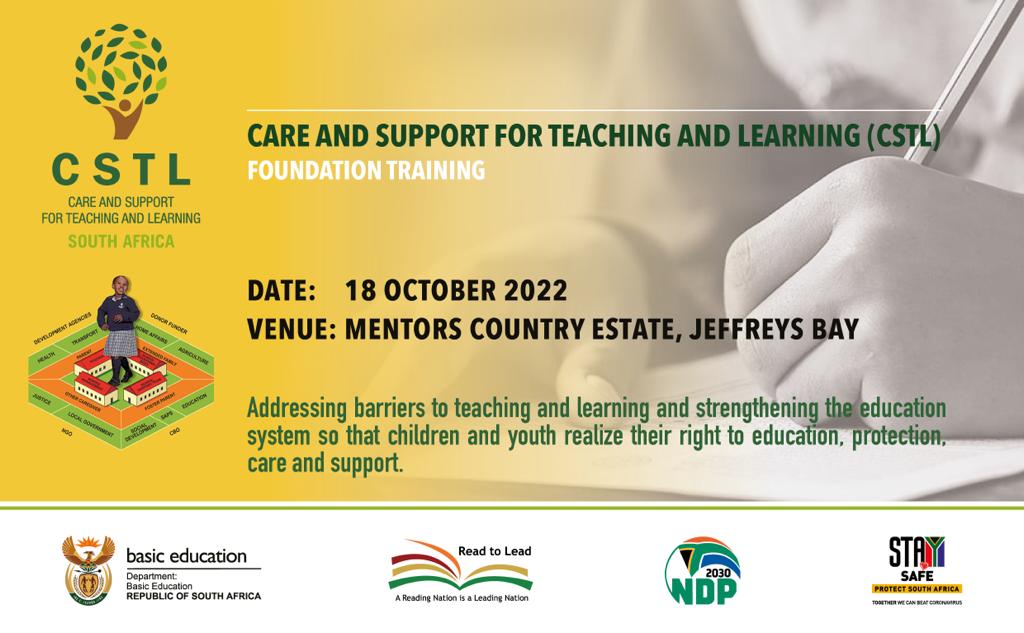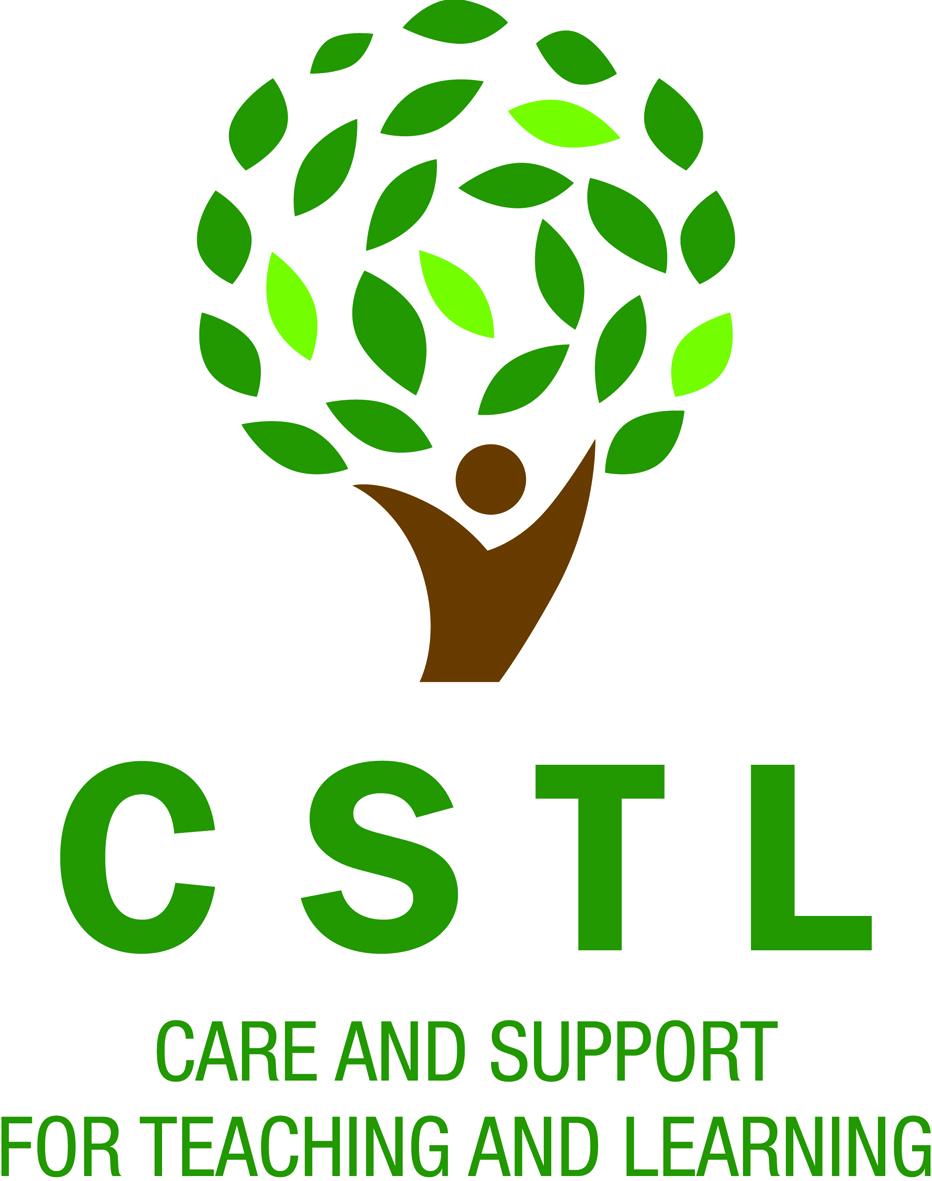2023 SADC SECONDARY SCHOOL ESSAY COMPETITION
Posted by Letswalo L Marobane on 13 January 2023, 09:25 SAST






With inequality perpetuated by racism, xenophobia, gender stereotypes, harmful gender norms, discrimination and related intolerances, schools seem to face a great deal of obstacles, which impact negatively on learning, teaching and general school governance. The Council for Education Ministries released two documents for intensive consultation in provinces and districts, to address intersectional matters of transformation in in the education system.


Since the conceptualisation and development of the CSTL Framework and accompanying Handbook more than a decade ago, the school eco-system, socio-economic and socio- educational landscape of South Africa have significantly evolved.

1648629229%20(1).png)
![]() CLICK HERE TO WATCH THE RECORDING
CLICK HERE TO WATCH THE RECORDING
The Education Plus Initiative (EPI) is a high-profile, high-level political advocacy drive to accelerate actions and investments to prevent HIV. This initiative provides an opportunity for the government to reaffirm its commitment to creating an environment in which young girls can reach their full potential using the education system as an entry point to provide a holistic “plus” package of essential elements that adolescent girls and young women need as they become adults.

The Care and Support for Teaching Learning (CSTL) Programme is a Southern African Development Community (SADC) initiative that was adopted by Education Ministers in 2008. The goal of the CSTL Programme is to realise the educational rights of all children, including those who are most vulnerable, through schools becoming inclusive centres of learning, care and support.
The CSTL Programme intends to prevent and mitigate factors that have a negative impact on the enrolment, retention, performance and progression of vulnerable learners in schools by addressing barriers to learning and teaching. South Africa is one of six countries (others are Swaziland, Zambia, Madagascar, Democratic Republic of Congo and Mozambique) implemented Phase 1 of the Programme between 2008 - 2015.
In order to realize its goal, nine priority areas have been identified to address barriers to teaching and learning. These priority areas have been identified based on the policy and legislative mandate that the Department has to fulfil on care and support, as well as the most pressing needs in school communities.
The priority areas are as follows:


The Care and Support for Teaching and Learning (CSTL) Programme is a Southern African Development Community (SADC) initiative.
The goal of the CSTL Programme is to realise the educational rights of all children, including those who are most vulnerable, through schools becoming inclusive centres of learning, care and support.
The CSTL Programme intends to prevent and mitigate factors that have a negative impact on the enrolment, retention, performance and progression of vulnerable learners in schools by addressing barriers to learning and teaching. South Africa is one of six countries (along with Swaziland, Zambia, Madagascar, the Democratic Republic of Congo and Mozambique) participating in the programme. To realise its goal, nine priority areas were identified in Phase 1 of the programme.
These were: nutritional support, health promotion, infrastructure, water and sanitation; safety and protection, social welfare services, psychosocial support, material support, curriculum support, co-curricular activities.
Over the next five years, during Phase 2, the CSTL programme will build on the experiences, successes and lessons learnt from the previous phases of CSTL. In this next phase of the journey, a number of the foundation strategies of CSTL will continue, as CSTL programmes in member states are consolidated and expanded.
However, there are certain critical challenges affecting children and youths – in particular those who are vulnerable and marginalised – and since these compromise their right to education, they will, in future programming, be given prominence and special attention.
To remain responsive and relevant, the specific challenges that demand attention as CSTL enters a new phase are twofold:
• HIV and AIDS: As the region most affected by HIV and AIDS, education sectors in all member states, like other sectors, must respond to the enormous prevention, care and support demands that exist. This is clearly articulated in the SADC Regional Indicative Strategic Development Plan, in which HIV and AIDS is a priority area and the critical need for coordination and implementation across sectors is emphasised.
• Vulnerable groups of children and youths: While the groups that are assessed as vulnerable children and youths differ from country to country, every member state has, in common, the fact that large numbers of children and youths cannot realise their right to education for one or many reasons; at times simply as a result of belonging to an identifiable group.
CSTL will adopt relevant, sustainable strategies – where necessary in partnership – to address these realities and to enable all children and youths to realise their rights to education, safety and protection, and care and support.